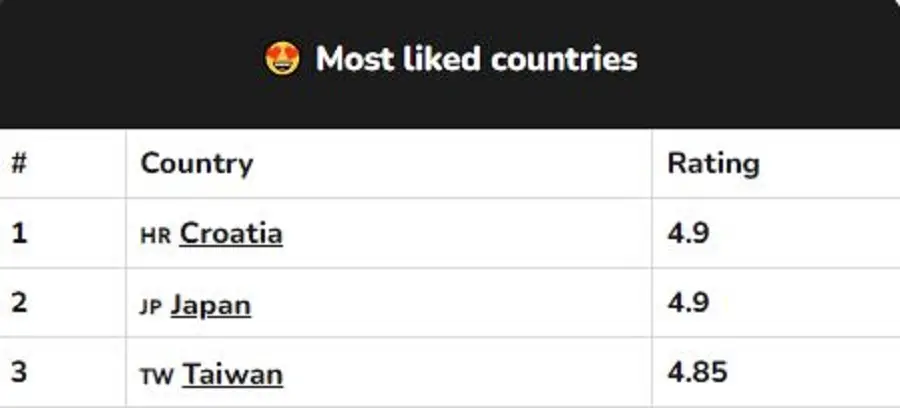It is 3.5 years since I started writing about the digital nomad opportunity, and it has been a fascinating ride, full of adventure, characters, and positivity, as well as proof that Croatian bureaucracy can work at lightning speed at times. The introduction of the Croatian digital nomad permit on January 1 last year was the quickest change in legislation I can recall in my 20 years in this country.
So where does Croatia stand some 3.5 years later? Back then, few in Croatia had heard of the term ‘digital nomad’ – now every grandmother with a room to rent talks about the potential of ‘digitalni nomadi.’
The annual Nomad LIst survey is as good a snapshot of this notoriously difficult-to-track genre as any available. And Croatia has once again come out rather well. On top of the world, in fact, topping Japan and Taiwan to be the number one most-liked country for nomads in the Nomad List 2023 survey.
According to NomadList, the ‘average nomad’ is 33, male, progressive, not religious, single, white, heterosexual, with a Bachelor’s degree, working as a software developer from a home office. He earns $US 85,000 a year, loves coffee, eats meat, works out by hiking, is vaccinated, produces 75% less CO2, stays for 8 months, and loves Tokyo the most as a city.
But right behind Tokyo, in second place, is the Croatian capital, Zagreb, which has made huge strides as a nomad destination in the last two years.
Regarding the methodology, Nomad List explains as follows:
This page is built LIVE with data pulled straight from the database every day, so it’s always up-to-date. Conclusions you can derive from this are always limited and merely indicative but possibly interesting. Nomad List is a paid membership community, which means there’s a selection bias as people who do not or cannot pay are not in the dataset. On the other hand, free digital nomad communities, like on Facebook, require no commitment to join, therefore it’s not clear if these people are merely aspirational or active nomads or not. On Nomad List we can confirm they are active based on their travel logs
There are also mentions for Dubovnik, Zadar, Hvar, as well as Split, which is the fourth most attractive destination for male nomads.
One of the constant things I hear about Croatia from the nomads I meet is just how safe it is, with female nomads in particular commenting on how safe they feel as a single female traveller. And that feeling of safety for women seems to be borne out in Croatia being in the top 5 destinations where a higher proportion of female nomads go.
Croatia’s nomad journey is still in its infancy, and there are many more established nomad bases, but it is encouraging to see Croatia enter the top 25 for the first time. And while 1% of the market may not sound a lot, Indonesia in 10th only has 2%, and Spain just 5% at number 2 on the list.
Lots of positives to be taken away from the survey, and you can see all the results in full here.
****
What is it like to live in Croatia? An expat for 20 years, you can follow my series, 20 Ways Croatia Changed Me in 20 Years, starting at the beginning – Business and Dalmatia.
Follow Paul Bradbury on LinkedIn.
Subscribe to the Paul Bradbury Croatia & Balkan Expert YouTube channel.
Croatia, a Survival Kit for Foreigners is now available on Amazon in paperback and on Kindle.












